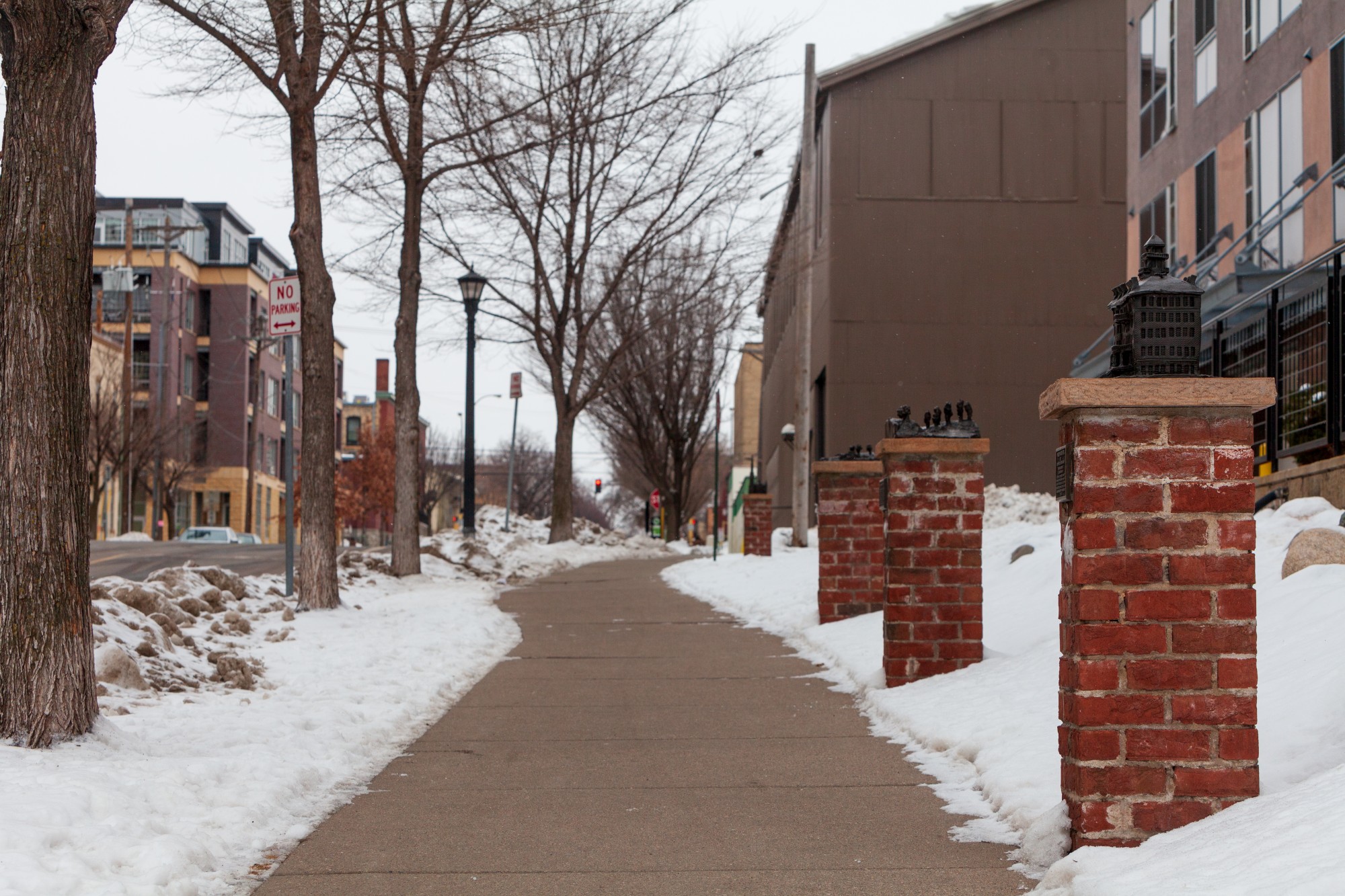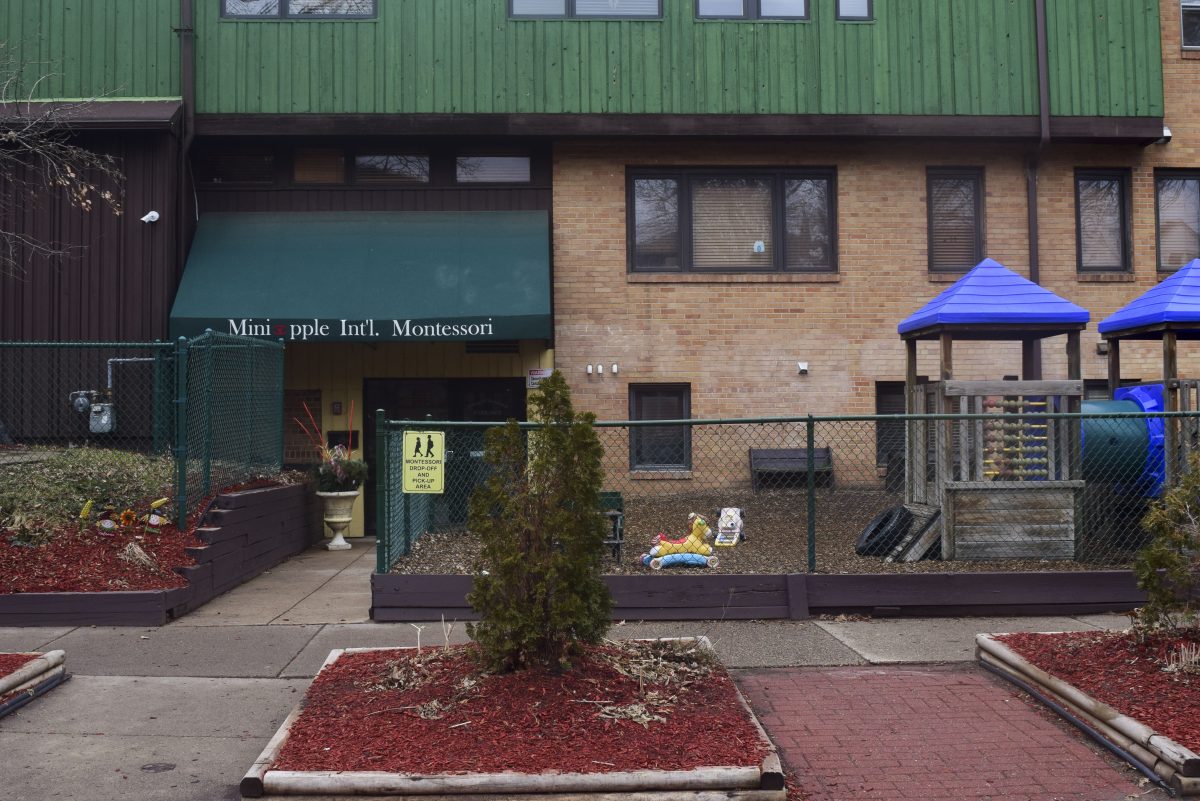The City of Minneapolis released a draft of funding guidelines Friday that aims to ensure city neighborhood associations are representative of their communities.
After first being proposed in 2018, the Neighborhoods 2020 guidelines would hinge part of a neighborhood association’s city funding on its board’s representation of a community’s engagement with historically underrepresented communities and demographics, among many other factors. The guidelines come after research from University of Minnesota’s Center for Urban and Regional Affairs last month revealed past Minneapolis neighborhood association boards have been dominated by white homeowners.
“As we move forward about how to make the program more equitable, some people have embraced the information, some people were surprised by it,” said David Rubedor, director of Minneapolis’ Neighborhood and Community Relations.
Framework approved by the city council last May would provide each neighborhood with a base of $25,000 in funding. CURA’s initial recommendations prioritized communities with high non-white populations, communities experiencing gentrification and communities with high rent burdens for additional funding.
Friday’s guidelines lay out four different funding models to determine where additional funding would go. These models take into account a neighborhood’s representation of groups including people of color, renters and low-income residents.
“The actual funding formula will look different than [CURA’s recommended formula] because there are some legal ways that you can and can’t use people of color as a justification to allocate money, but still I think that sort of the analysis proved in a lot of ways of the city that the current funding formula was not racially equitable,” said C Terrence Anderson, CURA’s director of community based research.
Southeast Como Improvement Association’s President Karl Smith said while he agrees it is important to make neighborhood association boards representative of the population, changing the neighborhood’s leadership takes time. He said making up for cuts in funding could prove challenging for SECIA.
“I think there’s no disagreement with the importance of making neighborhood boards representative of the neighborhood. How you do it and how fast, I mean … I think that was a much bigger concern,” Smith said.
Marcy-Holmes Neighborhood Association executive director Chris Lautenschlager said he anticipates a cut in funding for the organization under the new guidelines. He said MHNA has alternative sources of funding that it can lean on instead.
Once the guidelines are finalized after 50 days of public comment, neighborhoods will be given a transition period from 2021 to 2023 to adapt to the new funding structure.
“We’re spending this entire year believing that our money is going to be cut next year, and we’re looking at ways to work with the city and follow their model,” Lautenschlager said.
Correction: A previous version of this story misstated how funding will be allocated for neighborhood boards. It will be based on a number of factors including engagement with historically underrepresented communities.
















![Gwyn, Macy, Daniel, and Nora [pictured left to right] brave the sub-zero windchill on an icy afternoon to skate together in Van Cleve park. The park, located just north of Dinkytown in Como, becomes a popular winter activity hub for students and nearby residents each year when the park’s fields are frozen to create a public ice skating rink.](https://mndaily.com/wp-content/uploads/2024/01/FzDx2ZjdXLtO33r1j1atrf7jrtQtocs9vnp8k2AT-2-1200x801.jpeg)






